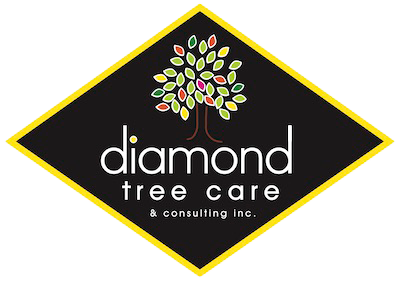Arborist Reports
Whether you would like a formal report on the health of your tree or need an arborist report to accompany a tree removal or development application – we’re here to help.
Qualified & Experienced
If you wish to remove a tree within certain municipalities you may need to apply for a permit. Some tree removal permit applications require an arborist report to accompany them. An arborist report for a tree removal permit application would describe the condition of the tree and reasons for removal. The report would typically also include a replanting plan.
In some municipalities, if a construction project is happening, part of the planning process would be the creation of a tree protection plan. An arborist report for a development is a little more complex the report has to describe the current condition of the trees on the site as well as the potential impact the project will have on them. The report will also include detailed specifications on how the tree will be protected during the construction.
Contact Us For More Information
What To Expect When You Choose Us
If you decide to use our services, you won’t regret it. Our knowledge and experience means you are in good hands
Frequently Asked Questions
Possibly. Depending on which municipality you live in you may need to apply for a permit to remove a private tree. Some municipalities require an arborist report to accompany the application, some tree removals require planting of replacement trees. In most instances no application fee or replanting is required for dead trees.
Here at Diamond Tree Care we own 2 cranes which we can utilize to safely remove the tree. Our experts also have a few tricks up their sleeves when it comes to rigging and speed-lining pieces of trees to the ground.
Yes, typically we would clean up all debris but if you wish to keep the wood we can leave it behind.
The urban environment is a stressful place for a tree to live; we are constantly raking up leaves, reducing the amount of organic matter available to the tree, we walk or drive over their root zones compacting the soil, and we contaminate soils with road salt or other chemicals. Because of this abnormal stress trees need a little help from us in order to be healthy. Watering is one of the simplest ways to reduce the stress that urban trees face. Trees like a deep soaking rather than a light sprinkling, like we water lawns or other plants. Deep watering encourages fine feeder roots to move deeper reducing the chances of drying out during drought periods.
No. Trees are complex living beings; they sense weaknesses in their structure and their growth reacts to accommodate this. Topping of trees or reducing the crown size negatively impacts the long term structure of the tree. Removing a large portion of the crown stimulates a stress response that results in multiple shoots emerging from the point at which the tree was cut. The resultant shoots grow at a rate that far exceeds the normal growth rate of branches and the attachment points are much weaker. Essentially topping a tree results in a faster growing, thicker and weaker structured crown.
Yes! Mulch, if applied properly, is great for improving tree health. Woodchip mulch can help to improve soil structure; in the process of breaking down it can create pore space in the soil for water and gas exchange. The decomposition of the mulch also encourages insects and beneficial microorganisms into the soil. Another benefit of mulch is that it can regulate the moisture content of the soil. When applying mulch you should make sure that it is not piled against the trunk as this area of bark is not designed to have moisture trapped against it and can lead to decay. The mulch ring can be as wide as you would like it to be, the wider the better as fine feeder roots can spread great distances from the trunk.
